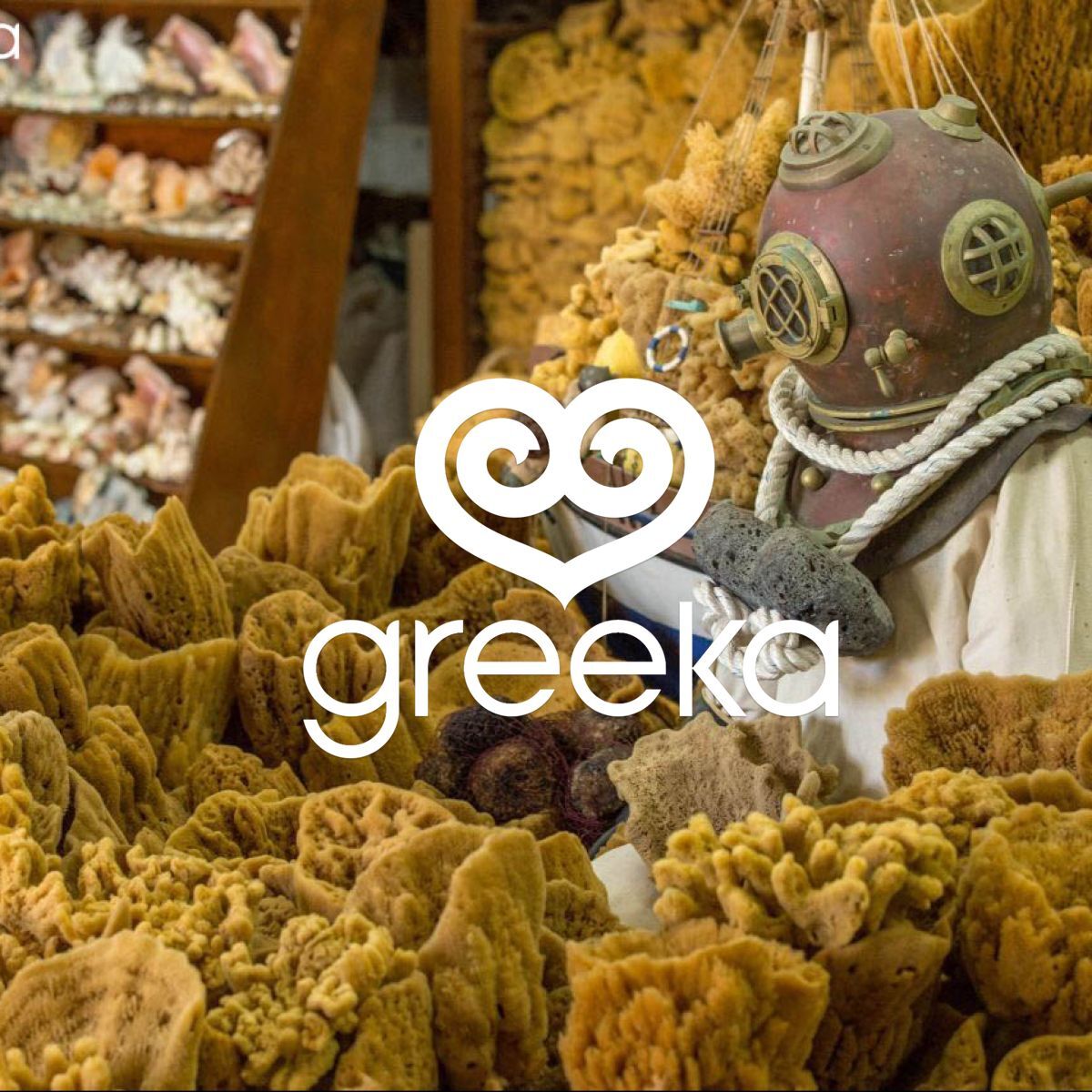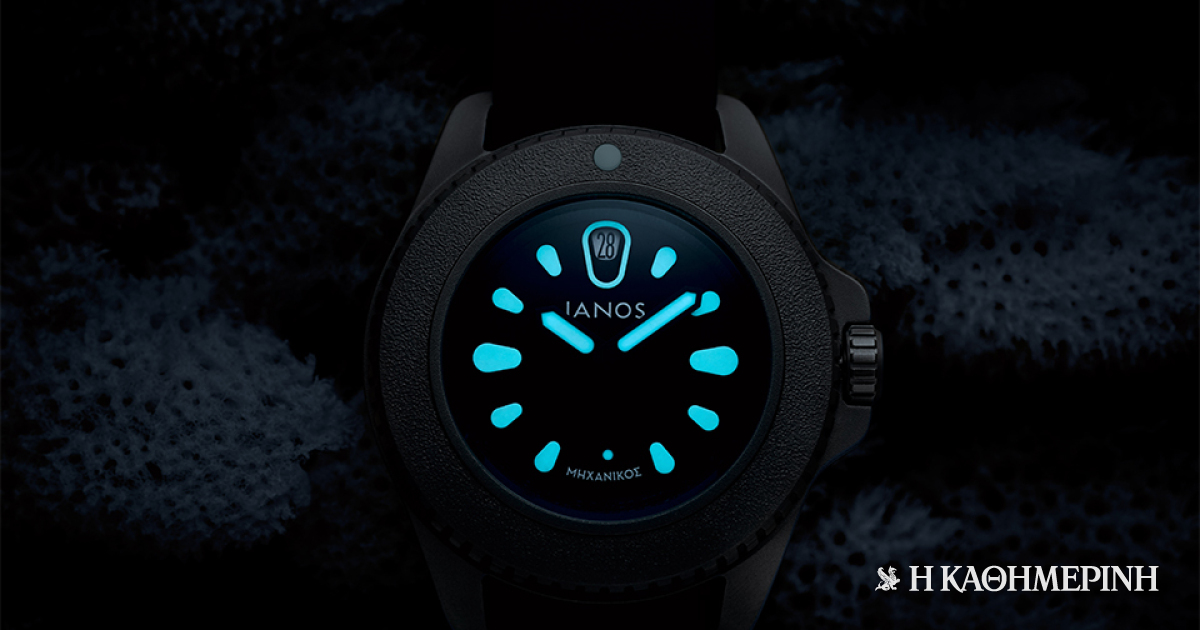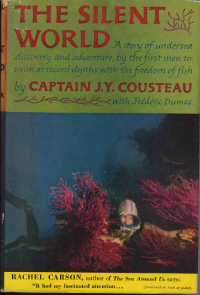Antonios (Holy Diver)
Contributor
The little Aegean island of Kalymnos Kalymnos - Wikipedia has a millenia-old history of sponge diving. The introduction of Standard Diving Dress in 1850's in the local sponge diving industry led to a boom in island's economy, population and wealth, as new, previously inaccessible expanses of the Mediterranean deep could be exploited. Nevertheless, the total lack of knowledge about decompression theory and procedures led to an exponential growth of casualties. Between 1886-1910 the estimated death rate for active hard hat divers was more than 40%, and the sum of divers bent reaches the stunning number of 30.000 (10.000 dead and 20.000 crippled for life) for the second half of 19th and the whole span of 20th century. It was not until mid 20th century, after WWII, with the foundation of a State Diving School, the advent of decompression tables and scuba, but mainly the spread of modern synthetic sponges (leading to a steep decline in the demand for sea sponges), that the rate of casualties plummeted.
These events had profound and deep effects on islanders' mentality and culture. Today, the most popular traditional dance is named "O Choros tou Mechanicou" - 'Dance of the Bent Mechanic' (Mechanic was the folk term for a hard hat diver). The lead dancer depicts a bent, crippled ex- diver, who trembles and stumbles on a cane as he tries in vain to dance. As the melody unfolds, the bent dancer gathers his strength, and unexpectedly tosses away his cane and dances triumphantly.


 www.greeka.com
www.greeka.com

 www.kathimerini.gr
www.kathimerini.gr
These events had profound and deep effects on islanders' mentality and culture. Today, the most popular traditional dance is named "O Choros tou Mechanicou" - 'Dance of the Bent Mechanic' (Mechanic was the folk term for a hard hat diver). The lead dancer depicts a bent, crippled ex- diver, who trembles and stumbles on a cane as he tries in vain to dance. As the melody unfolds, the bent dancer gathers his strength, and unexpectedly tosses away his cane and dances triumphantly.

Sponge Diving in Kalymnos Island | Greeka
Kalymnos Sponge Diving: Information about the History and Tradition of Sponge Diving in Kalymnos island, Dodecanese, Greece.

Ο Μηχανικός και η ιστορία του
H τραγική μοίρα των σφουγγαράδων της Καλύμνου αποτέλεσε την έμπνευση για το δεύτερο κατά σειρά Swiss made ρολόι της ελληνικής εταιρείας Ianos και του Ιάκωβου Χατζηδημητρίου. Και το όνομα αυτού: Μηχανικός. Γραμμένο στα ελληνικά.




